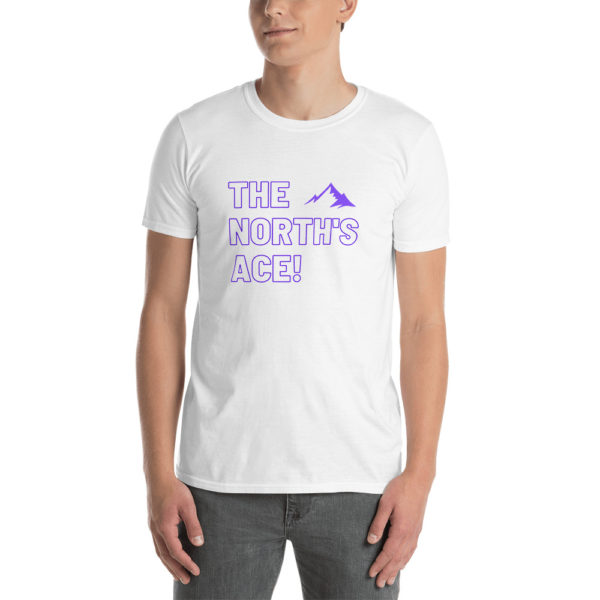Protecting Giraffe Habitat
Giraffes are among the most beautiful creatures in the world, beautiful like our giraffe mug, and they are also incredibly elegant. But you might not know that they are in danger of extinction. There are several reasons why this majestic animal is endangered, including habitat loss. Read on to learn more about this majestic animal and how you can help protect it.
giraffes
Giraffes are one of the tallest animals on earth. This awe-inspiring creature has a long, flexible neck and tongue, and can easily reach the tops of trees with ease. They eat approximately 75 pounds of vegetation per day and are known as gardeners of the savannah.
Male giraffes are much larger than females, and they have horns that they use to spar. Their skulls are coated with calcium, which protects them from predators. They live in herds of up to 40 members, and the dominant males are at the head of the herd. Females and young giraffes usually stay at the edge of the herd.
Sadly, giraffes have suffered from poaching and habitat destruction in recent decades. They have been targeted by humans for food, skin, and even jewelry. This has resulted in a significant decline in their population. As a result, giraffes are now listed as endangered and some sub-species are critically endangered.
giraffe habitat loss
The destruction of giraffe habitat has had a significant impact on this graceful creature. They are the tallest land animal on earth and are easily recognizable by their long necks and striking coat patterns. They are the “watchtowers” of the savanna because of their keen sense of sight and their ability to recognize danger. Giraffe habitat loss threatens the survival of these majestic creatures.
The giraffe faces a range of threats, including habitat loss and human population growth. In many areas of Africa, giraffe habitat is being destroyed by human development, and illegal hunting is also a problem. Often, giraffes are poached for their meat, pelts, and hair, which are sold in markets and used for jewelry. In some areas, giraffes are also prized for their beautiful tails. As a result, their habitat is becoming increasingly restricted, and even officially protected areas may not be able to support their populations in the future.
A giraffe spends around 18 hours each day feeding. They eat mostly the leaves of the Acacia and Combretum trees, but they also eat leaves from other trees. They have a special valve on their necks that prevent them from fainting when they drink water. They can also survive for several days without water if they can find enough leaves.
giraffe breeding season
Giraffes breed during the summer months and the calving season is the most exciting time for giraffe fans. Mothers nurse their calf for approximately nine months until it begins eating solid food. They begin feeding on grass leaves and other vegetation around four months of age. At this age, the calves begin ruminating and testing solid foods. Male giraffes reach full horn development by four months, while female giraffes remain with their mothers until they are about a year and a half. In addition to breastfeeding, mothers actively protect their calves from predators, including predators of other giraffes.
Giraffes live in savannas, grasslands, and open woodlands, but they prefer open savannas enriched by acacia growth. Their range is largely limited to East and southern Africa, although they are formerly found throughout West Africa and Angola. Despite their widespread distribution, populations are diminishing in both areas.
White giraffes
White giraffes are a rare breed that are found only in Kenya and Tanzania. This unusual coloration is a result of a genetic disorder called leucism, which prevents the giraffe’s skin cells from producing pigment. These creatures are graceful and majestic, yet they’re vulnerable to poaching. Poachers have killed two white giraffes recently, including a mother and her seven-month-old calf. Fortunately, the other male calf was unharmed.
Giraffes are one of the most unique animals on earth. They have long, narrow ears and two tiny horns that are topped with velvety black hair. They also have large, dark eyes and curly eyelashes, which give them a distinctly innocent look.
Giraffes live in forests and savannahs. In their natural habitats, they graze in the daytime, but they can also be active at night. The peaceful and graceful creatures are known to be peaceful, but they are also sexually active. After a 15-month gestation period, giraffes give birth to a single calf. The calf is born with spots and is not fully mature until it’s three to four years old.












